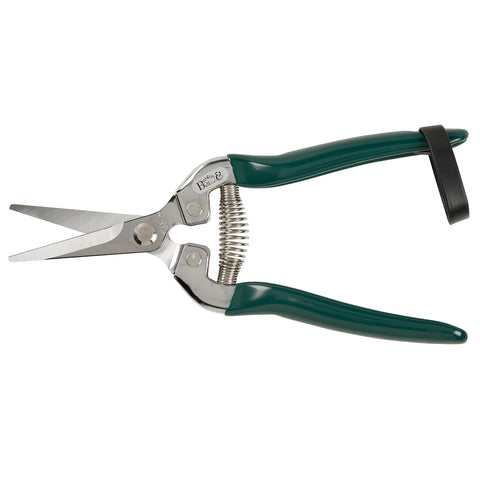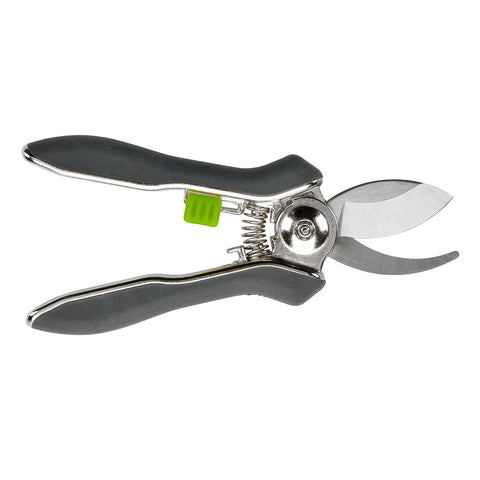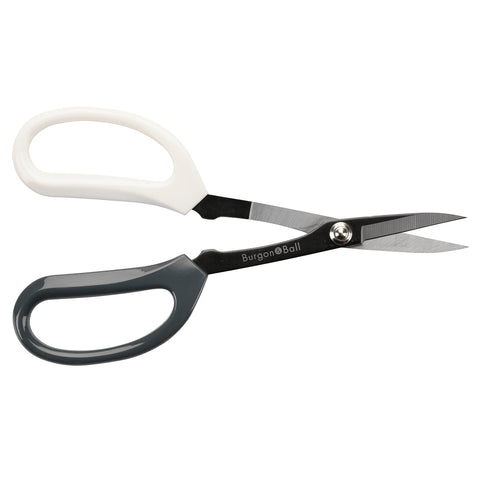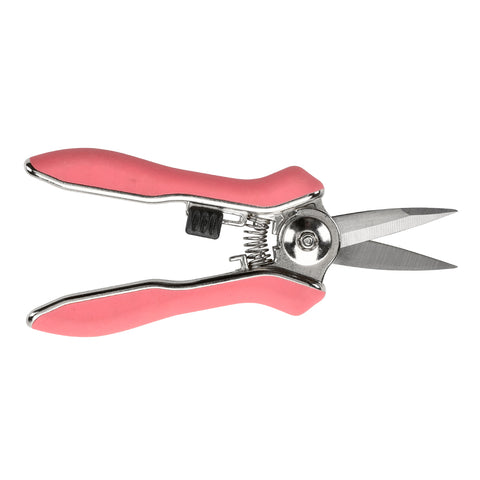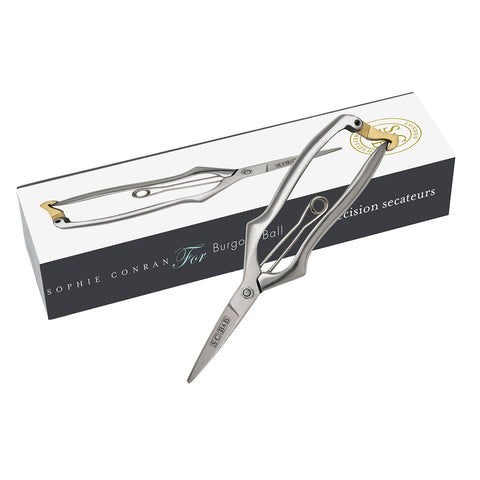 With a wide range of interesting houseplants now readily available, and even the more unusual varieties fairly easy to track down, our homes are packed full of lovely greenery, from the lush and leafy to the small and succulent.
With a wide range of interesting houseplants now readily available, and even the more unusual varieties fairly easy to track down, our homes are packed full of lovely greenery, from the lush and leafy to the small and succulent.
However, while we love the urban jungle look which has inspired its own Instagram hashtag, we still need some room to move around our homes. So how to keep all our precious plants from getting out of hand? Well, the answer is of course with a little judicious pruning.
Most houseplants benefit from at least a little shaping to keep them looking good. Pruning will help to make your indoor garden more attractive, by correcting any developing structural problems and encouraging new growth. Plus, of course, the removal of dead leaves and damaged or diseased stems is a must, since well-maintained plants tend to attract fewer pests and diseases.
When to prune
Indoor plants are of course less affected by the seasons than their al fresco cousins. You can lightly prune houseplants at any time of year, including in winter. However, if you’re thinking about a more substantial re-shaping, the best time to tackle it is late winter or early spring, when spring’s longer daylight hours will give the plant the boost it needs to recover.
 How to prune
How to prune
Always use high quality pruning tools, and maintain them with a sharp edge. Blunt blades can crush or tear stems, leaving the plant vulnerable to disease. A clean cut is much healthier for the plant.
If you’re pruning to alter the shape of your plant, proceed slowly. Keep taking a step back, and turn the plant to view it from all angles before deciding to cut. If a stem is lost which gives symmetry, fullness or balance, it will be a long time before a replacement will appear.
When cutting back an over-long stem, make your cut above a leaf node, where new growth will appear. If you’re removing large stems entirely, cut as close to the main stem as possible, or right at the base of the plant, if that’s how your plant grows.
 Little and often
Little and often
When pruning, the aim is to achieve a natural look. As a rule of thumb, prune out no more than a quarter of the foliage at one pruning, and if you’re not sure, don’t cut. It’s best to try to avoid a radical re-shape by keeping on top of things.
Many plants – those with soft stems, like Instagram favourite philodrendron – can be kept in shape by frequent pinching out. Either use a precision tool like our Orchid Snips for this, or even just use thumb and forefinger. Simply pinch out the growing tips of the stem, and the plant will grow bushy, rather than leggy.
Blooming lovely
Flowering plants all have their own bloom cycle, so you’re advised to research your chosen flowering plant before you prune, or you risk cutting off flower buds. Established Phalaenopsis orchids, for example, can be coaxed through pruning to flower again on an existing plant stem, but a younger plant will flower on a new stem for the next bloom cycle, so you’re better off simply removing the spent stem near the base of the plant. Research your particular plants before pruning, but as long as you do it at the right point in the bloom cycle, pruning can encourage your plant to flower profusely.
Of course, the mantra of ‘right plant, right place’ is always a good rule of thumb in any horticulture, and while pruning can help to give a pleasing size and shape to your houseplants, any attempt to keep a Swiss cheese plant (monstera deliciosa) in a six-inch pot is doomed to failure.
So have realistic expectations of what pruning can achieve, respect the natural size and shape of your plant, and start pruning for houseplants for a lush, leafy and gorgeously groomed indoor garden.


